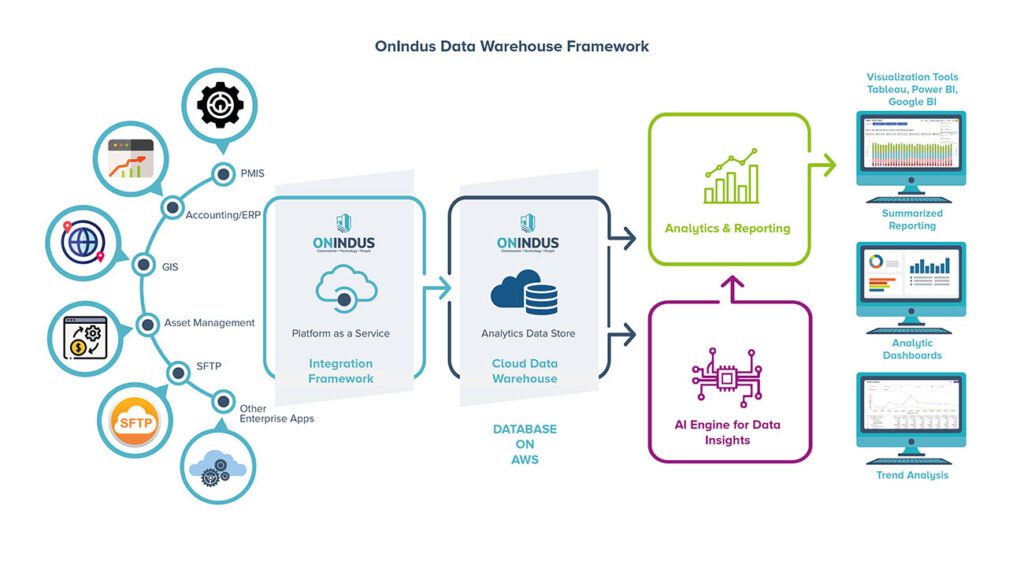Overview
Construction is one of the largest sectors in the world economy, with its market worth $10 trillion. The growing demands across construction activities fuel several other sectors, including the supply chain and manufacturing.
Despite being the accelerator, the construction industry’s productivity has trailed that of other sectors for decades, and there is a $1.6 trillion opportunity to close the gap, writes McKinsey Global Institute (MGI) in its latest report.
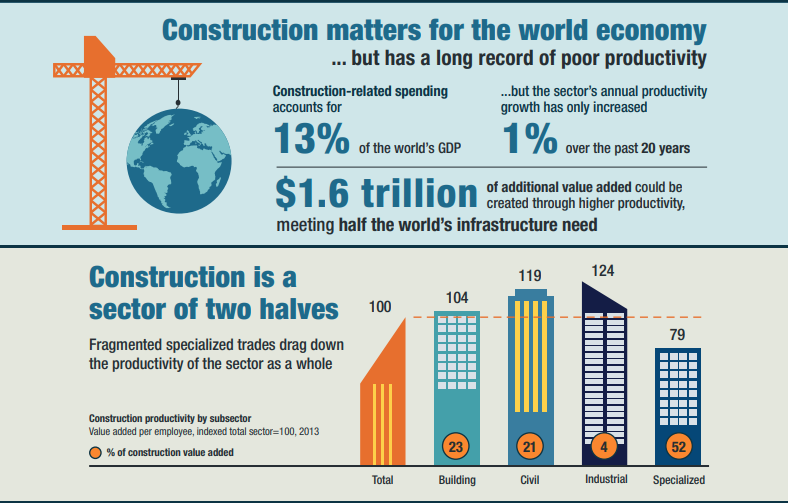
Globally, the labor-productivity growth in the sector averaged 1 percent a year over the past two decades, compared with 2.8 percent for the total world economy and 3.6 percent for manufacturing.
Automation: The Game Changer
The adoption of automation has accelerated across all sectors and verticals in recent times. Business owners, CEOs, and CTOs see automation as a tool to accelerate productivity, raise the quality benchmark, cope with the regulatory norms, and stay profitable.
The market capitalization of automation-as-a-service is to grow from USD 1.56 Billion in 2016 to USD 6.23 Billion by 2022, at a Compound Annual Growth Rate (CAGR) of 28.1%, according to MarketsandMarkets.
You might be interested in knowing where the construction sector stands in terms of automation adoption and what the innovation has for you and the industry. What challenges does it solve? Will it create new opportunities? Find answers with OnIndus now.
Scope of Automation in Construction
A 2017 study by MGI analyzed HOW different activities are performed across sectors to see the potential of automation. The below is a graphic illustration of the findings. You can see that the construction sector lags behind food services, manufacturing, agriculture, transportation and warehousing, retail trade, mining, and other services. It won’t be an exaggeration to say that construction business automation remains one of the most last in line in automation. Forty-seven percent of the current construction works (encircled in blue) can be automated.
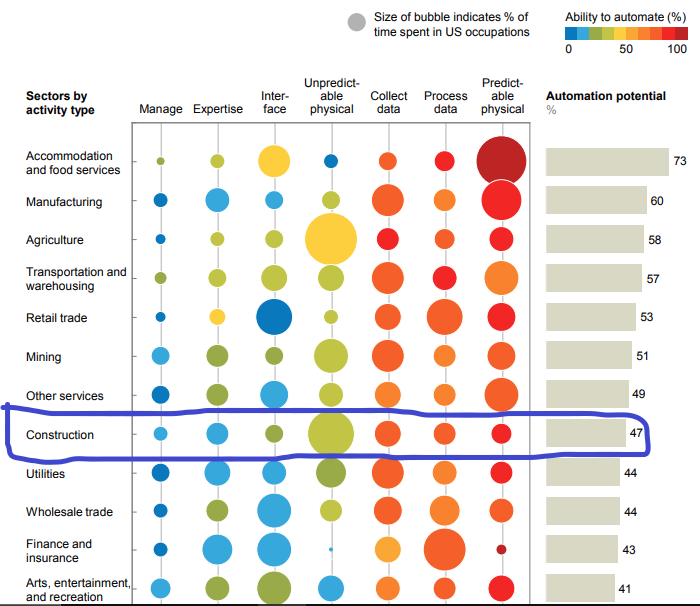
Exploring construction automation opportunities
There is a huge opportunity for automation in the sector. We categorize the construction automation in categories as follows:
1. Capital Planning and Cashflow Analysis
Gaining a competitive advantage in the economy demands a clear roadmap and vision. Automation helps you do that with great accuracy. Before you embark on any construction change management process, know whether the available capital and resources are sufficient to meet the project’s priorities and goals with insights based on past and current data. Benefit from the descriptive and diagnostic analytics of automation to evaluate, rank, and select projects. It helps you stay profitable and move on confidently in the right direction.
2. Construction Supply Chain Management
Managing the construction supply chain is no small feat. Intricate supply chain and diverse resources all have to come together at the right place at the right time. Tracking material supply, equipment availability, and labor resources is a challenge. And, the lack of coordination can undoubtedly push the project’s deadlines and increase the budget. Thankfully, modern construction automation can solve it for you. It brings all information from different windows to a single dashboard to help you manage the project seamlessly towards success.
3. Bidding and Procurement
Cost-effective and quality procurement of materials and human capital is instrumental in the timely launch, progress, and completion of any construction project. Opening bidding, reaching out to the potential vendors, making a comparison and selection have been a puzzle that automation has solved. Leveraging the technology, you can handle a range of complex tasks as follows with absolute ease and precision.
- Bid & RFP Management
- Work Package Estimates
- Bid Tabulation
- Bid-Leveling & Awards
- Vendor & SBE/DBE Tracing
4. Design, Planning, and Management
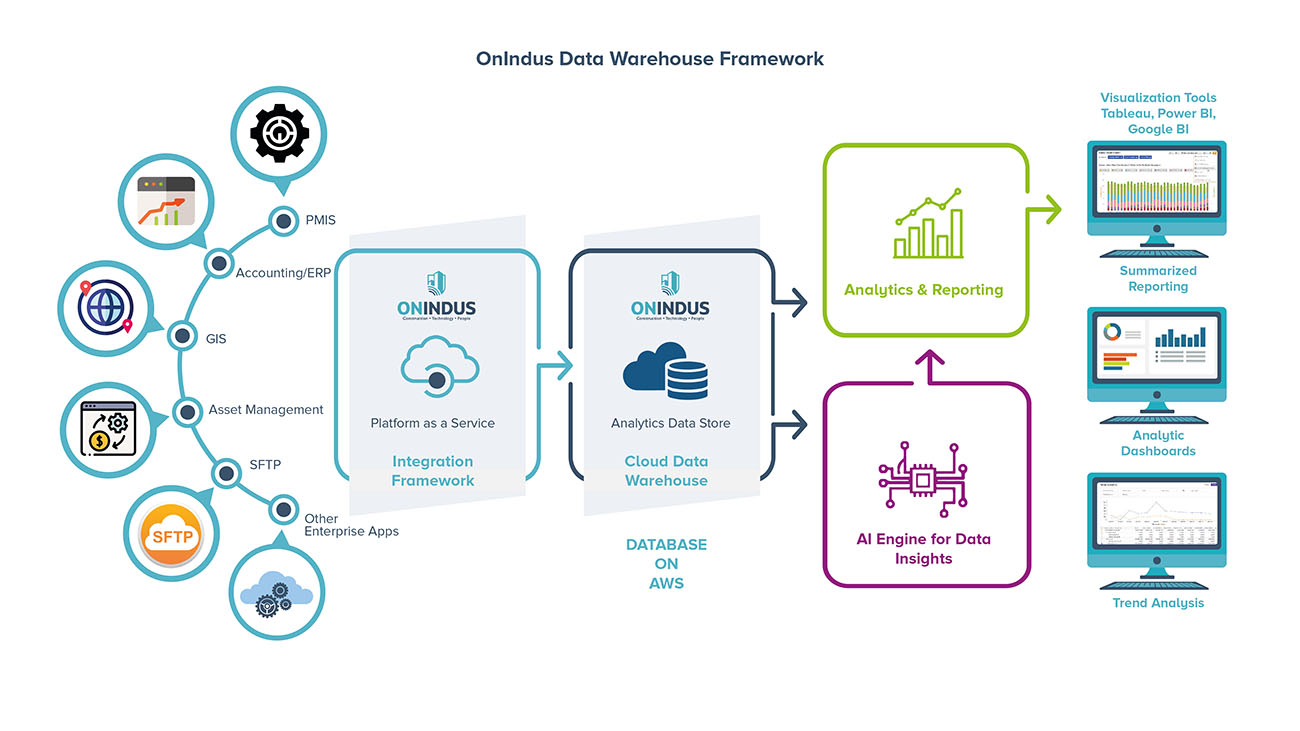
These procedures in the construction work often take a considerable amount of time and effort due to the complexity involved, distributed information across operational silos, and lack of progress tracking and ensuring accountability.
There is a high probability of construction businesses utilizing real estate software like MRI, Peoplesoft, Oracle, Maximo, Lawson, Rhumbix, e-Builder, Sage, Kahua, and Procore to manage construction and development, which is good. However, the technological disparity comes up as a barrier too often that delays processes and projects.
The new-age automation from OnIndus has the answer to it – Build robust automation. The key priority should be integrating and synchronizing disparate systems, and we do it professionally, leaving no stones unturned.
Building a shared ecosystem of architecture, engineering, construction, and owner is the demand of the hour. It helps streamline the construction workflow with instant access to information to authorized stakeholders and meet the desired objectives.
Impact of Automation
1. Better decision-making
Controlling ever-expanding data helps in gaining significant insights, which are critical to active, rational decision-making. Timely decisions contribute to the completion of projects as per a pre-defined schedule. It’s a win-win situation for all stakeholders, including buyers.
2. Faster delivery
Automation reduces the construction time significantly with proper planning, instant access to actionable data, quick and rational decision-making, increased productivity, and effective monitoring of projects.
3. Reduced construction cost
Integrated enterprise systems help with real-time reporting on the project progress with quick reconciliation of data derived from multiple systems. Some of the these systems include Project Management Information System, ERP/Accounting, GIS, asset management, SFTP, and other enterprise apps in a single console.
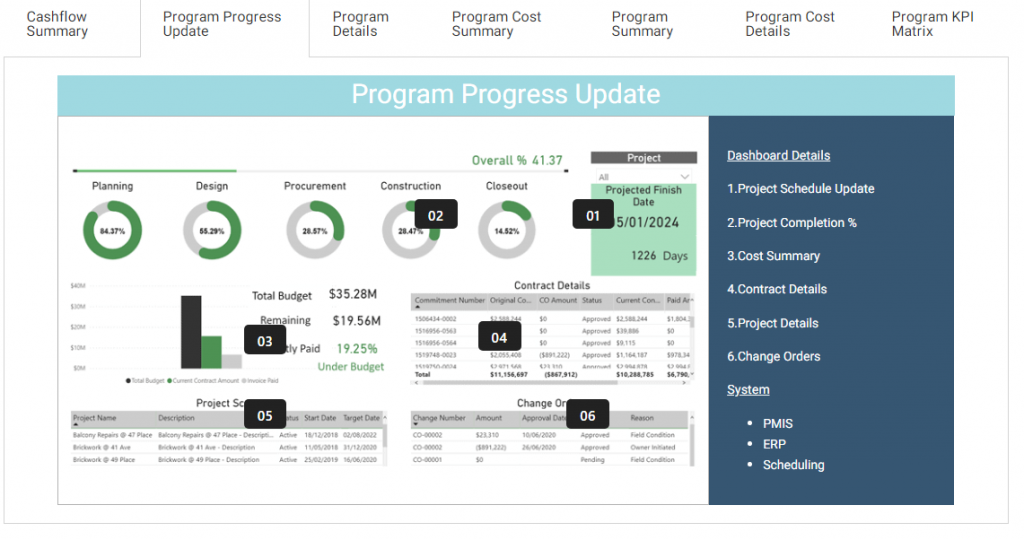
It has made performance tracking and cost assessment easier than ever. Project managers can identify obstacles and make faster decisions. Intelligent bidding and procurement also help in containing cost and maximizing savings.
4. Meeting expectations of buyers
The availability of more choices and quick access to information in a hyper-connected world has made real estate buyers more informed than ever. Their expectations are at an all-time high. Hunt for real estate starts with a long checklist with multiple points. Elegance, durability, and affordability – are common factors. Remember, change is the only constant. You have to adapt to the changing buyer’s demands. Change management is an integral part of a good construction automation application.
5. Staying compliant
Construction regulations and compliances are evolving quickly to safeguard the interests of all stakeholders. It’s a good practice indeed; however, meeting compliances is no less challenging. It takes substantial time and effort of realtors to meet all without fail.
Failure in doing so is also not an option. The penalties have grown manifolds. Circulation of such things damages the reputation of a brand. With the right automation, it’s easy to keep a check on the adherence of compliances. The system also notifies you if something goes wrong.
Want to know how construction automation can benefit your business? Request for a free demo of our AECO ecosystem now!

